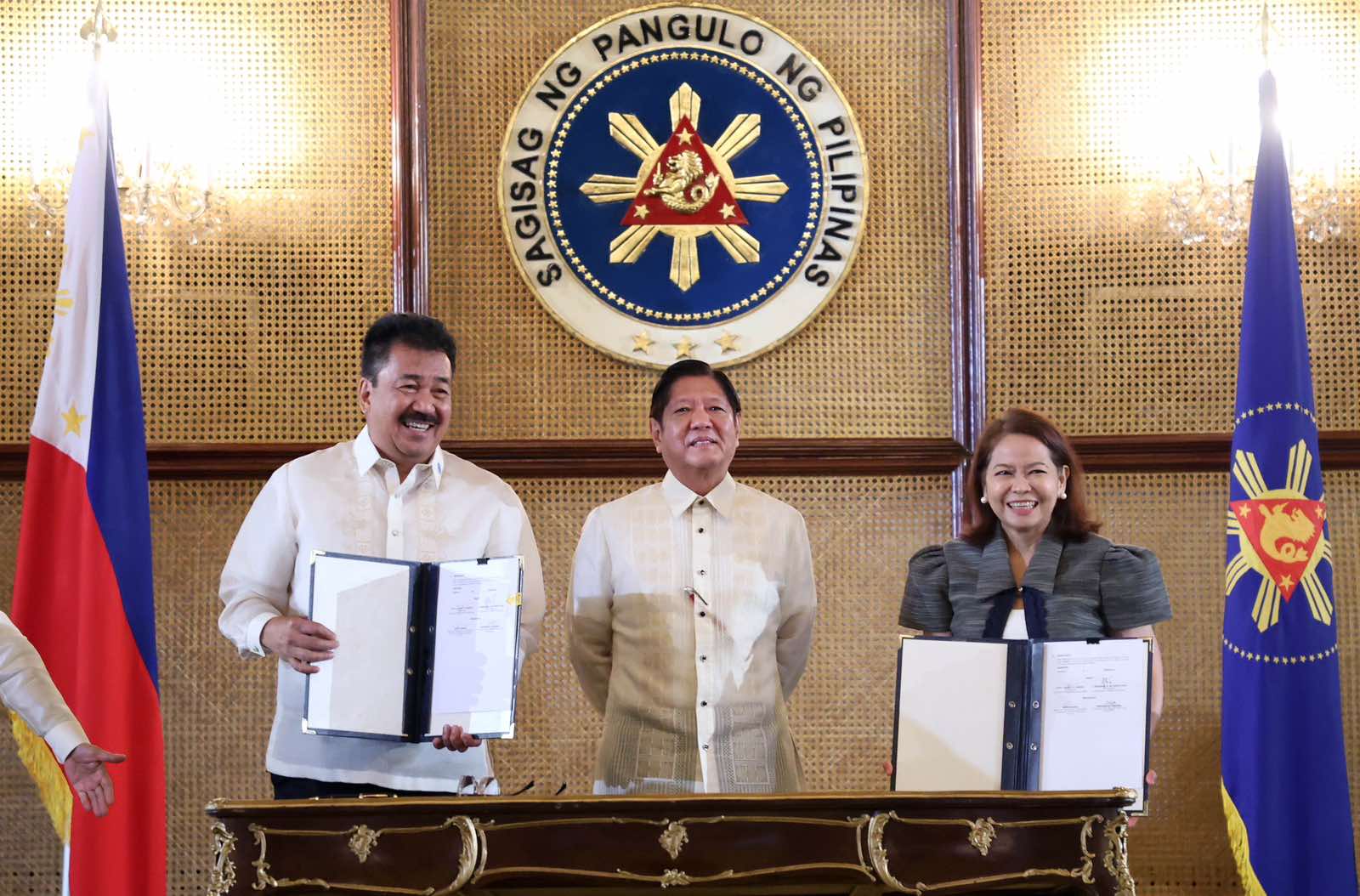At A Glance
- In his speech, the President said the landmark reform in the licensure process for aspiring teachers will introduce specialized exams for elementary and secondary education.
In a bid to make the licensure process more relevant and responsive, President Marcos said that the long-standing one-size-fits-all teacher board exam would be replaced with a specialization-based Board Licensure Examination for Professional Teachers (BLEPT) starting September 2025.

Marcos said this as he witnessed the ceremonial signing of a joint memorandum circular between the Professional Regulation Commission (PRC) and the Commission on Higher Education (CHED) on the alignment of the BLEPT with the CHED Teacher Education Curriculum in Malacañan on Thursday, Apr. 10.
In his speech, the President said the landmark reform in the licensure process for aspiring teachers will introduce specialized exams for elementary and secondary education.
"We are aligning our systems to ensure the Licensure Examination reflects the actual competencies needed in classrooms today," he said.
The new exam scheme will be implemented starting September 2025 to give institutions and teachers enough time to prepare.
"A key feature of this reform is differentiation," Marcos said.
"This means distinct examinations for those pursuing careers in elementary education and those in secondary education," he added.
For elementary education, the BLEPT will now include two specializations: Early Childhood Education and Special Needs Education.
As for secondary education, the specializations include English, Filipino, Mathematics, Science, Social Studies, Values Education, Technical-Vocational Teacher Education, Physical Education, and Culture and Arts Education.
The President highlighted that the reform responds to long-standing gaps in the Philippine Teachers Professionalization Act of 1994.
He also acknowledged the low BLEPT passing rates over the decade, with only 36.33 percent passing at the elementary level and 43.57 percent at the secondary level from 2014 to 2024.
"For far too long, we have seen the numbers and they tell a difficult story," he said.
"Through this Joint Circular, we are making that process more than just relevant, more responsive, more -- to every single examinee," he added.
Marcos assured aspiring teachers that the reform would give them "not just another shot—but we are giving them a good chance."
According to Malacañang, the Joint Circular is a result of the President’s directive during the sectoral meeting with the Second Congressional Commission for Education (EDCOM II) on March 4.
"It emphasized the urgency of implementing necessary reforms to enhance the effectiveness and relevance of education programs in the country," it said.
It added that the educational reforms are geared towards raising the bar for teaching quality to address the long-standing gaps in the country.
"Ultimately, it will benefit Filipino learners as it will unlock opportunities to find meaningful employment, dignified careers, and a more empowered labor force, thereby strengthening the nation’s human capital investment," it said.